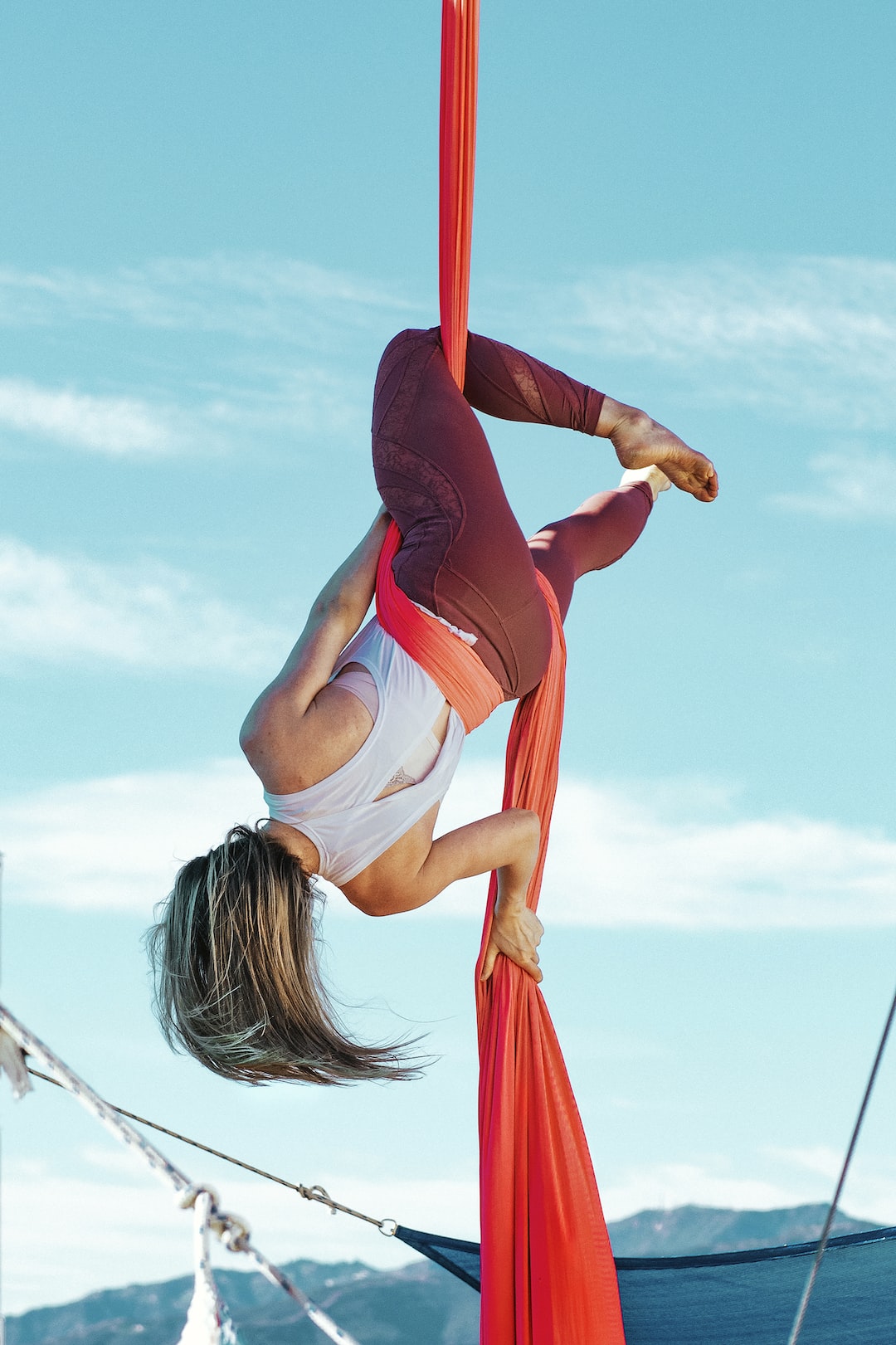Injury Prevention for Long-Distance Runners
Long-distance running is an incredibly rewarding and challenging sport that pushes the limits of both physical and mental endurance. Whether you are training for a marathon, half-marathon, or simply enjoy going for long runs, it is crucial to prioritize injury prevention to ensure your longevity in the sport. Here, we will discuss some of the key measures that long-distance runners can take to prevent injuries and keep themselves on track to achieve their goals.
1. Develop a Solid Training Plan: One of the most effective ways to prevent injuries in long-distance running is to have a well-structured training plan. A good plan will include a gradual increase in mileage and intensity and incorporate rest days to allow for recovery. It is important to avoid sudden spikes in mileage or excessively fast increases in pace, as these can lead to stress fractures, shin splints, or tendonitis. Take the time to assess your fitness level and set realistic goals that can be achieved gradually over time.
2. Cross-Train: Incorporating cross-training exercises into your routine can help improve overall strength and mobility, reducing your risk of injury. Activities such as swimming, cycling, or strength training can help target different muscle groups and prevent overuse injuries. Cross-training also provides a mental break from running while maintaining fitness levels.
3. Proper Warm-Up and Cool-Down: A thorough warm-up before each run is essential to prepare your body for the demands of long-distance running. Start with some dynamic stretches to loosen up your muscles and increase blood flow. Include exercises that target specific areas prone to injury, such as the hips, knees, and ankles. After your run, take the time to cool down with some static stretches to increase flexibility and reduce muscle soreness.
4. Strengthen Weak Areas: Identifying and strengthening weak areas in your body can prevent imbalances that may lead to injuries. For long-distance runners, the hips, glutes, core, and lower extremities are key areas to focus on. Include exercises such as squats, lunges, planks, and hip abduction exercises to build strength and stability.
5. Listen to Your Body: One of the most crucial aspects of injury prevention is to listen to your body and pay attention to any warning signs or pain. Running through pain or ignoring minor discomfort can lead to more severe injuries and longer recovery times. If you experience persistent pain or notice any changes in your running form, it is essential to rest and seek advice from a healthcare professional.
6. Use Proper Running Shoes: Wearing appropriate running shoes is paramount in preventing injuries. Invest in a good pair of shoes that match your running style and foot type. Replace your shoes regularly as they wear down over time, losing their cushioning and support. Consider visiting a specialty running store for a professional fitting to ensure you find the right shoe for your specific needs.
7. Prioritize Rest and Recovery: Rest days are just as important as training days. Your body needs time to recover and adapt to the demands of long-distance running. Include rest days in your training plan and consider incorporating active recovery, such as easy runs or yoga, to stimulate blood flow without adding additional stress to your muscles and joints.
In conclusion, injury prevention is a key aspect of long-distance running that cannot be overlooked. By following a well-structured training plan, incorporating cross-training, and paying attention to your body’s needs, you can minimize the risk of injuries and continue to enjoy the many benefits that this sport has to offer. Remember, prevention is always better than cure, so prioritize your health, take the necessary precautions, and keep striving towards your running goals!


